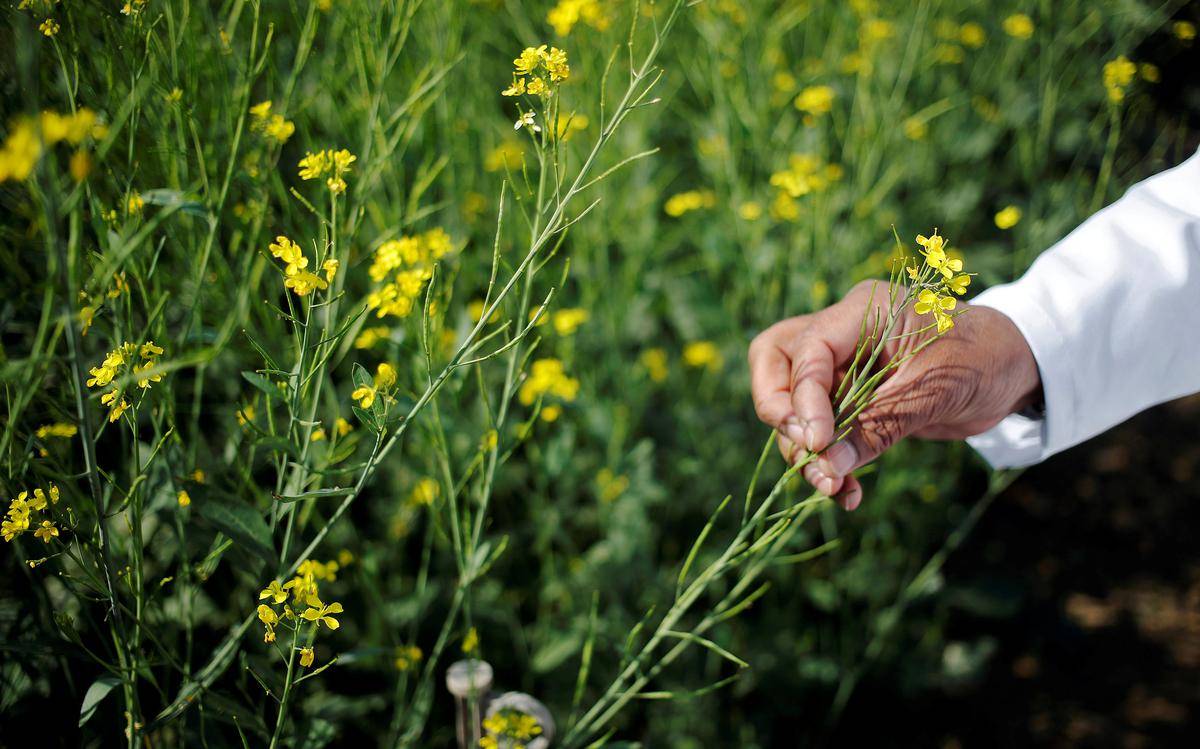
Scientists were able to change the genetic code of living organisms ten years ago thanks to a new technology called CRISPR-CAS9. The tool, as revolutionary as it was, had limitations. The original CRISPR method, like the first cell phones, can only perform one function: removing or replacing genes in a genetic sequence.
Later CRISPR iterations were developed for another function, which allowed scientists to change gene expression by turning it on or off without removing it from the genome. However, in plants, each of these functions could only be performed independently.
"The possibilities are truly limitless in terms of the traits that can be combined," said Yiping Qi, co-author of the study and an associate professor in the Department of Plant Science and Landscape Architecture. "But what's really exciting is that CRISPR-Combo brings a level of sophistication to plant genetic engineering that we haven't seen before."
The advantages of manipulating more than one gene at a time can far outweigh the advantages of anyone's manipulation alone. Consider a blight ravaging wheat fields, threatening farmers' livelihoods and food security. If scientists could remove a gene from wheat that makes it susceptible to blight while also activating genes that shorten the plant's life cycle and increase seed production, they could rapidly produce blight-resistant wheat before the disease could do too much damage.
Qi and his colleagues had previously developed new CRISPR methods for regulating gene expression in plants and editing multiple genes at once. However, in order to develop CRISPR-Combo, they needed to demonstrate that they could perform both of those genetic engineering functions in parallel without adverse consequences. They demonstrated this in this new paper by using tomato and rice cells.
"As a proof of concept, we demonstrated that we could successfully knock out gene A and upregulate-or activate gene B without accidentally crossing over and knocking out or upregulating gene B," Qi explained.
The CRISPR-Combo was then tested on a flowering plant called rockcress (ArabidopsisI), which is frequently used by researchers as a model for staple crops like corn and wheat. The scientists altered a gene that makes the plant more resistant to herbicides while activating a gene that causes early flowering, which results in faster seed production. The end result was a herbicide-resistant rockcress plant that produced eight generations in one year instead of the usual four.
The team's third experiment demonstrated how CRISPR-Combo could improve plant breeding efficiency using tissue cultures from poplar trees. Tissue cultures, rather than seeds, are commonly used in plant breeding programmes to develop new varieties—consider how a plant can regrow roots and leaves from a single stalk planted in the soil. Scientists genetically modify stem cells with the ability to develop into full plants, and when those plants mature and produce seeds, the seeds pass on the genetic modifications made to the stem cells.
Some plants regenerate better from tissue cultures than others, making this the single most difficult step in crop genetic engineering. The success rate for some plants is as low as 1%.
Qi and his colleagues solved the problem by first editing a few traits in poplar cells and then activating three genes that promote plant tissue regeneration.
"In poplars, we demonstrated that our new method could provide a solution to the tissue regeneration bottleneck, dramatically increasing the efficiency of genetic engineering," Qi said.
Growing genetically engineered plants from tissue cultures currently necessitates the addition of growth hormones, which activate growth-promoting genes. This process was sped up in rice by directly activating these genes using CRISPR-Combo. As a result, gene-edited rice derived from tissue cultures did not require hormone supplementation. Qi and his colleagues discovered that tissue cultures grown using their method expressed more of the edited gene than hormone-grown tissue cultures.
After demonstrating that their CRISPR-Combo method works in a variety of plants for multiple purposes, the team plans to conduct experiments in citrus, carrots, and potatoes to test its viability in fruit, vegetable, and staple crop. They are also working on developing herbicide-resistant golden rice with higher nutritional content and red rice with higher antioxidant levels.
Associate Professor Gary Coleman, post-doctoral associates Changtian Pan and Gen Li, post-doctoral scholar Filiz Gurel, graduate students Yanhao Cheng, Aimee A. Malzahn, and Simon Sretenovic, and laboratory trainee and high school student Benjamin Leyson are also co-authors on the research paper.
(Source: University of Maryland)
















